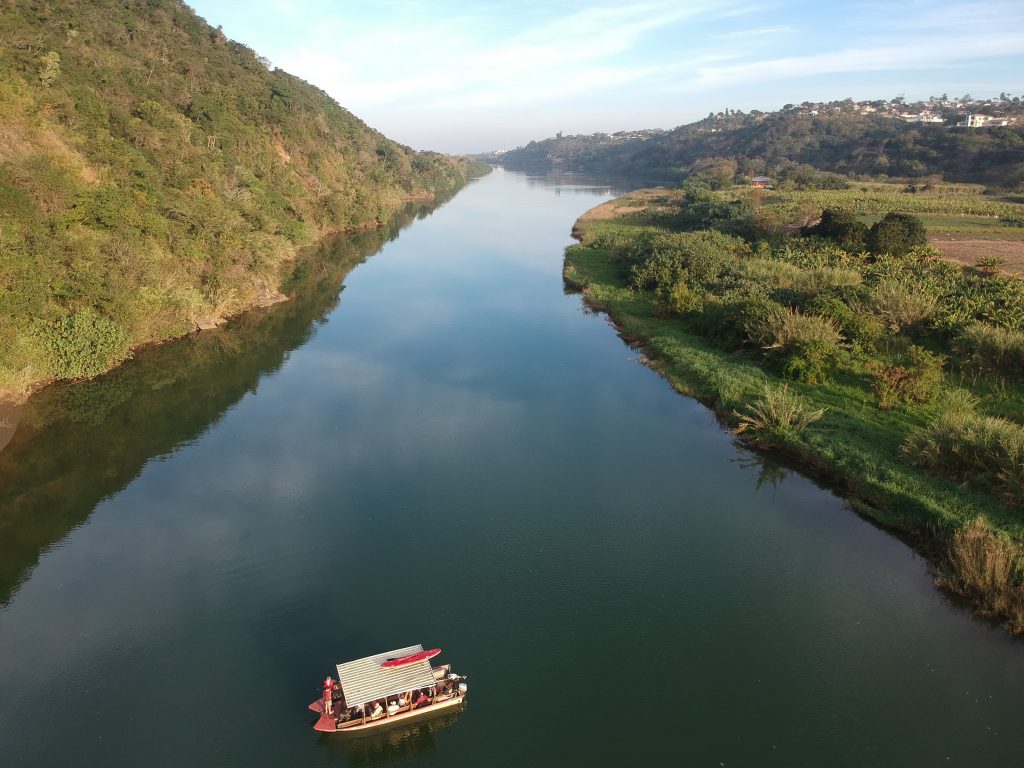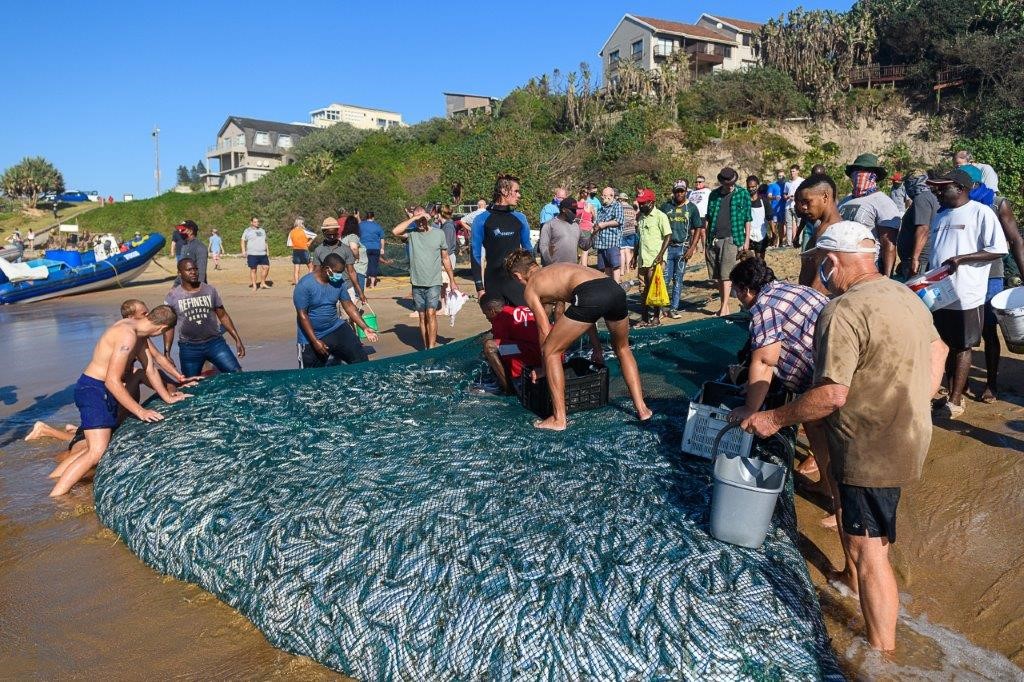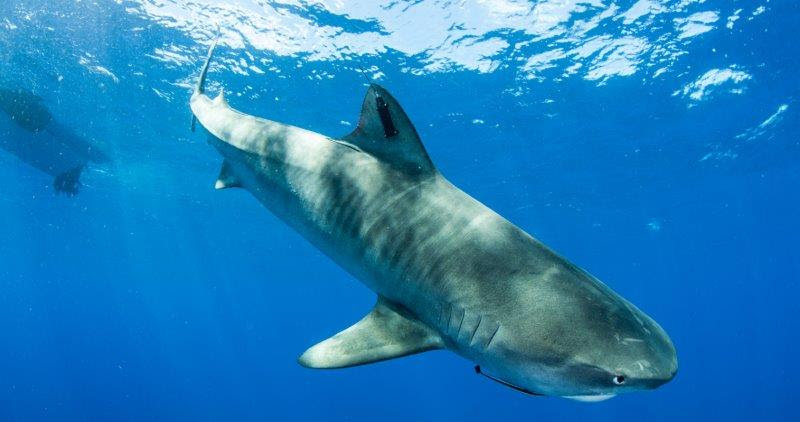
So why do the sardine shoals not come at all some years?
So why do the sardine shoals not come at all some years?: Well I got a call from Mr Adam Kamdar of Township Hyper yesterday evening. Great dude and really in the know in the fishing scene. I had guests and dogs and things going and I could hardly hear, but his question went along the lines of…
“Sean, do you think this Covid thing was the cause of the bumper sardine run?”
Well ok that pushed just about all my buttons, so here is the full answer Adam…
AIS
AIS is the theme to this quasi-sardine report compiled as a result of the big question Adam has posed.
You can download an AIS App to your phone. There are many and they are free for the most. They show you, where the big and ugly fishing trawlers are. Right on your phone!
AIS.
Automatic Identification System. A great effort, and if everyone played along, saves lives (collision avoidance), and sealife (real-time tracking data to catch poachers fishing illegally).
BUT.
And this is a big BUT.
If you are a poacher, you can turn your AIS transponder, right the hell OFF! With a switch!
So this is how they do it then. When pair-trawling (the most destructive of all the illegal fishing methods), one of the collaborators, turns off. Easy as that. If the fleet ventures, in a group (read commercial fishing high-tech armada), then as they get near protected waters, one or two of them turns off, and enters the forbidden zone.
This happens ALL the time. The Sardine News tried to start a trawler watch to log sightings of suspect activity – but there is so much of it, that we got bogged right down right as we started. This was in Mozambique where these ugly boats are literally EVERYWHERE now.
Sardine Run 2020
Whilst we were imprisoned in lockdown thanks to our sheep governments interpretation of convid19, the Chinese/Japanese/Whoever fleets were plying the waters the whole time! Where? Slap bang on the sardine migration path. The AIS charts looked like a rugby scrum.

And if you have been in St. Francis this time of year, any year, you can smell the sardines from the harbor for miles around. Go sniffing around there for yourselves. Huge loads of sardines. Wonder where they go? And whose were they in the first place?
Whoever they are and wherever they are from, they are ALL rigged with the latest in navigation and depth-sounding equipment. Utilising sonar pulses pumped out by a high-powered transducer, they can detect and chase a shoal of sardines 12 or more miles away! And with their huge capacity and tethers to a mother ship lurking around the area somewhere, that is also a factory ship – that drops CANNED sardines off at the wharf – what chance does the public ever have of getting their share, in the usually slow years of sardine running?
So…
Did Convid19 affect the sardine run this merry 2020?
Nope. It’s a bumper sardine run like we always dream of. It’s beyond perfect. The gamefish have arrived. Sharks are getting their teeth pulled. The weather is fantastic and ecological patterns are in place. Those pundits that complain year after year are completely silent.
Only. They just don’t get it.
AIS.
Shows that there were fleets of fishing boats fishing, directly in the path that the hapless sardines take right now during this sardine run 2020. Whilst we were in lockdown, there were commercial fishermen out there loading up! Enjoying a totally illegal, totally unnecessary lockdown, and infringement of our basic human right to freedom to fish as well!
My answer then is this. These boats remove the exact amount of tonnes and tonnes of sardines missing on our beaches – with this migration – each year. Only this time, there were just so many they couldn’t catch them all.
“Our” sardines?
Another interesting question.
BUT, one thing is for sure, if not for the bumper numbers that this year has given, the sardines hardly ever make it past Port Elizabeth, before they are all netted and frozen.
So, that leaves us back at square one. We have NO voice. It’s time to get political. If not that, then at least investigative in that we need to know why these ships are allowed to be plundering our sardines.
Whilst we are in lockdown!
Almost sounds like a conspiracy in theory.
Adam, my good mate, over to you…
Stay up-to-date with The Sardine News covering the goings-on, during this bumper sardine run in year 2020!
We are on Facebook right here, we run an action-packed YouTube video channel right here. Please like and subscribe to our channel on YouTube if you would like to encourage us to pump out more and more video. We have done really well recently with some great video produced in conjunction with the Fishing Pro Shops Johan Wessels – chasing sardines down in the Port Shepstone area. We got out to sea twice and caught a bunch of gamefish in the surf zone, and in the Umzimkulu River Estuary. Click on over to our YouTube video channel right here. And please consider a Like and Subscribe. Thank you



















